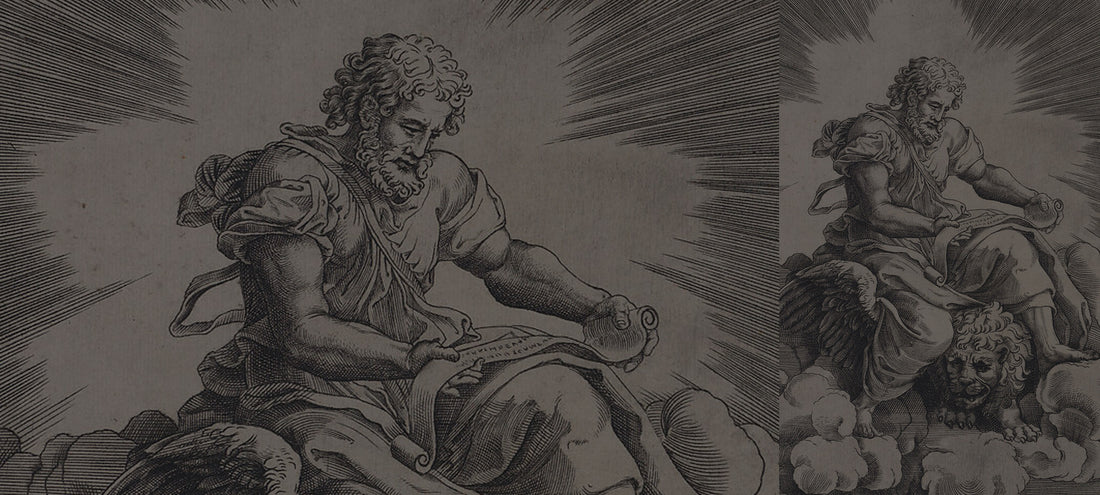Mark is named in only eight verses of the New Testament:
- Acts 12.12. And when he had considered the thing, he came to the house of Mary the mother of John, whose surname was Mark; where many were gathered together praying.
- Acts 12.25. And Barnabas and Saul returned from Jerusalem, when they had fulfilled their ministry, and took with them John, whose surname was Mark.
- Acts 15.37. And Barnabas determined to take with them John, whose surname was Mark.
- Acts 15.39. And the contention was so sharp between them, that they departed asunder one from the other: and so Barnabas took Mark, and sailed unto Cyprus;
- Colossians 4.10. Aristarchus my fellow prisoner saluteth you, and Marcus, sister’s son to Barnabas, (touching whom ye received commandments: if he come unto you, receive him;)
- 2 Titus 4.11. Only Luke is with me. Take Mark, and bring him with thee: for he is profitable to me for the ministry.
- Philemon 1.24. Marcus, Aristarchus, Demas, Lucas, my fellow labourers.
- 1 Peter 5.13. The church that is at Babylon, elected together with you, saluteth you; and so doth Marcus my son.
In the last verse above that mentions Mark, Peter uses “Babylon” as a code word for Rome, which was spot on, since the Romans destroyed the Second Temple and brought desolation to Israel, just as the Babylonians had done five centuries before. Anyone who had read the Latter Prophets could see that coming. Also, if Barnabas was a Levite, then Mark was probably also a member of the priesthood.
We also have one book of history of the early church: Ecclesiastical History by Eusebius. Later books do not cover the early few centuries and only cover the period after Eusebius lived.
All in all, Eusebius tells us 17 things about Mark, some of which we already know, such as the title of Mark’s Gospel and the fact that Peter claimed Mark as his son. First, Mark was one of Peter’s oarsmen, so when Mark had to leave Rome, Mark created “a monument to the oral doctrine in writing.” Notice that the oral Gospel existed before Mark wrote it down, but that he learned it from an eyewitness. Second, Mark first proclaimed his Gospel in Egypt. Mark founded the church in Egypt, but after about 62 A.D. (the eighth year of Nero), Mark was replaced by Annianus, who became the first Bishop of Alexandria. Mark is also reported by an eyewitness to have kept all of what he learned from Peter, but not in the same order.
In Christian art, Mark is usually represented by a lion. This is unimportant because it pulls at random from some of the more artistic poetry the Old Testament, but now you know.
Image: Saint Mark | Agostino Veneziano, 1518.
Courtesy of The Metropolitan Museum of Art.
